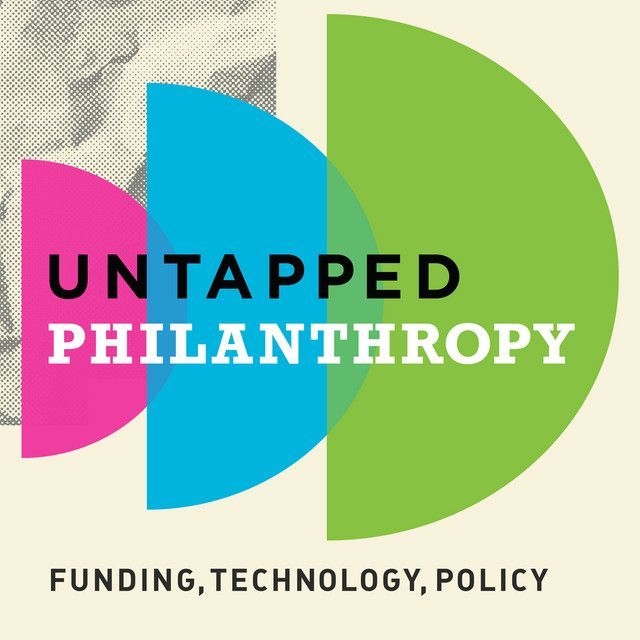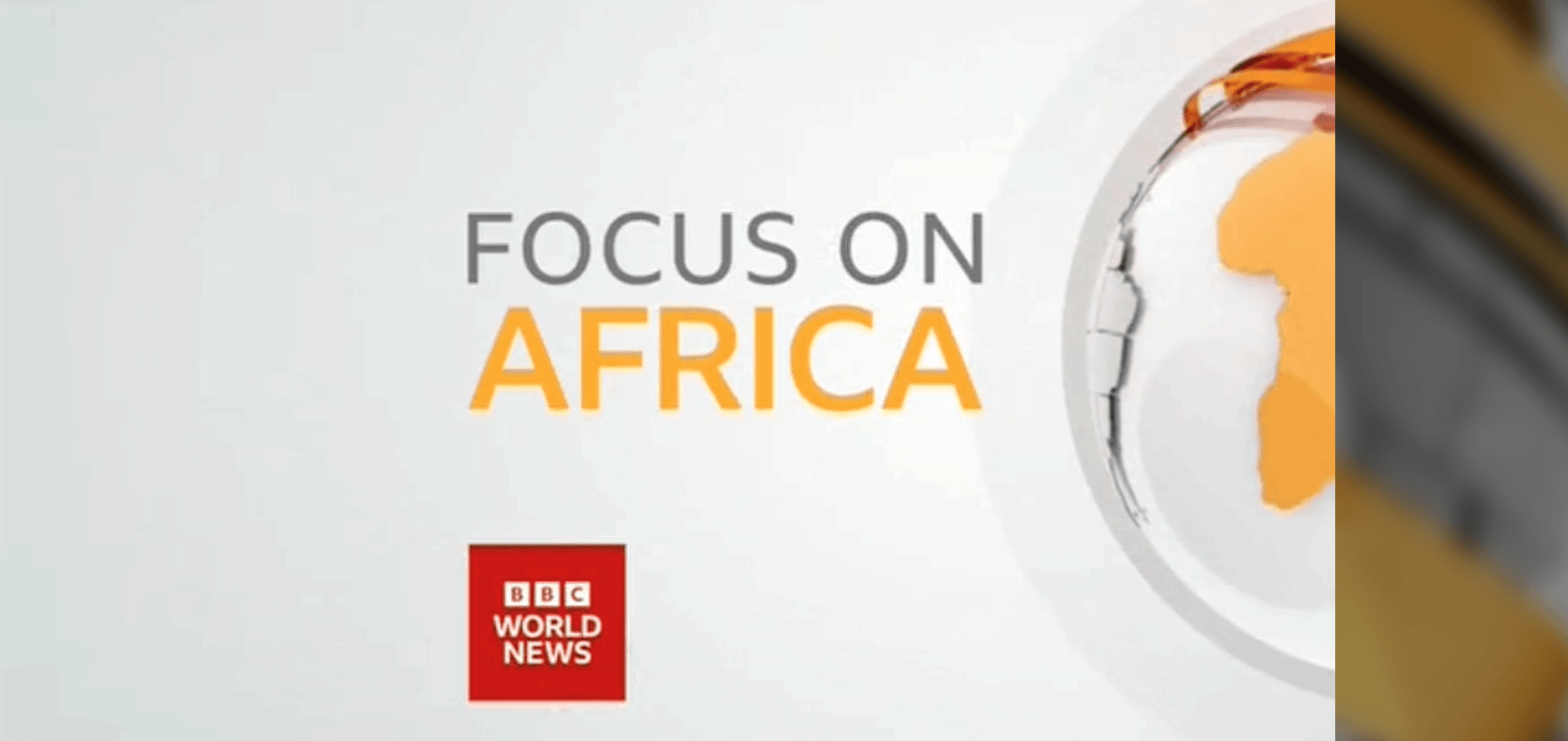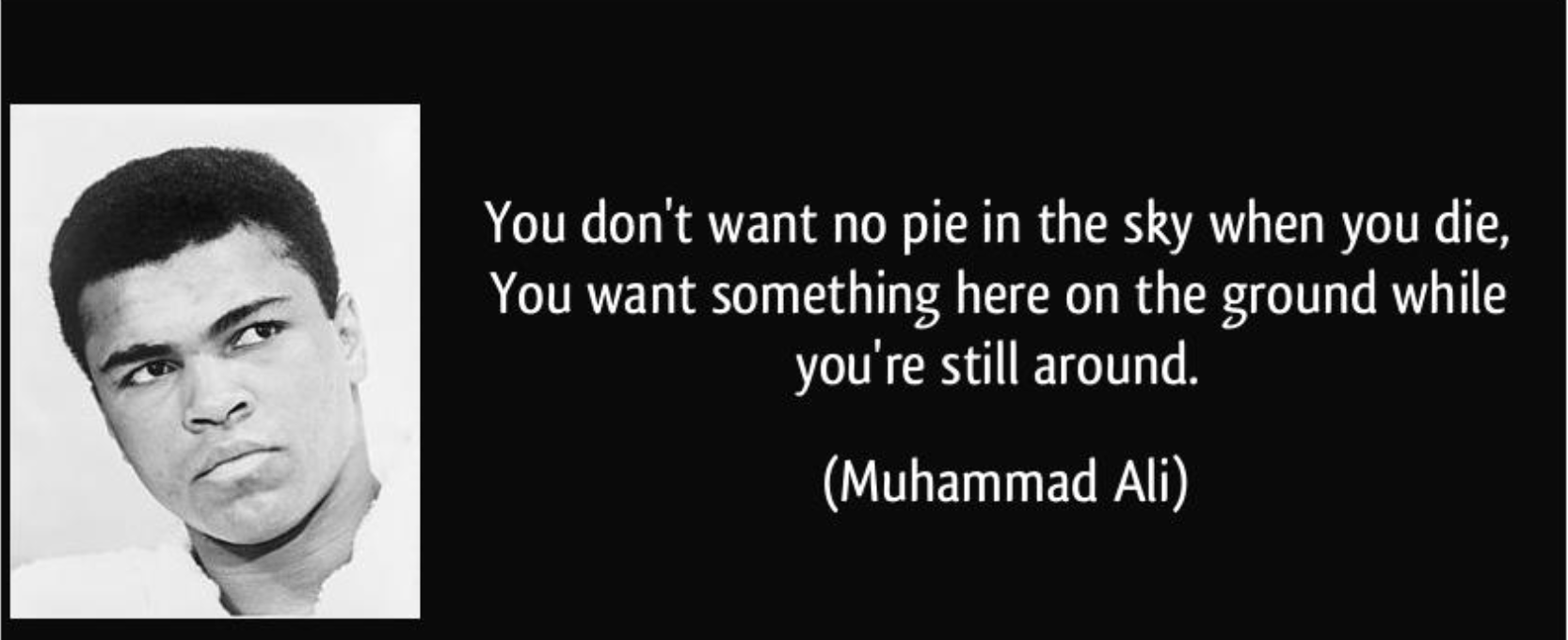Imagine Canada's Multicultural & Newcomer Charitable Giving Study
Imagine Canada’s Multicultural & Newcomer Charitable Giving Study is the single most exciting research produced on Canadian philanthropy that I have read – ever!
Why? Because it acknowledges the truth that philanthropy is not one monolithic act uniformly undertaken by all people in the same way. Metaphorically speaking, philanthropy consists of a multitude of flavours and textures. It can be esoteric, nuanced, and complex, especially when we try to compare attitudes among genders, races, and cultures. Imagine Canada has opened our eyes to this important reality. Giving is not the sole practice of White people. People of colour are equally and sometimes more so engaged in philanthropy.
We all know one size does not fit all but what this study does is to share a range of cultural attitudes that may shift our fundraising perspectives and goals. I wholeheartedly commend the many organizations that participated in and funded this important piece of work. I am especially pleased that Imagine Canada and its partners have undertaken this work because it also provokes fundraisers to stop treating donors with a broad brush when it comes to asking, stewarding, and renewing. We now have the important basis to understand attitudinal differences and can now act on these with smartly tailored approaches to the task of fundraising and relationship building.
Stratifying giving attitudes according to generations of newcomers in Canada does a lot in helping us learn about each other. This understanding will hopefully spark more responsible and inclusive approaches to engaging, acknowledging, and celebrating diverse people in our fundraising sphere.
Knowing that some racial groups are more likely to donate to social issues and that others are more directed to funding health-related institutions is actually helpful. Additionally, knowing that new immigrants to Canada are involved in what we, at AgentsC, call the “Duality of Giving,” an active commitment to give informally through remittances sent to one’s friends and family in their country of origin, as well as giving formally to registered charities in one’s adopted country.
This duality leads us to understand that immigrant communities often give more of what they have than their White multigenerational peers in Canada. Next month, AgentsC will publish critical research that speaks more to this duality. It is marvellous to read about the acknowledgement of informal giving in the narrative of how immigrants give formally.
In July of this year, AgentsC brokered a discussion about equity in the Canadian non-profit sector. What came from that discussion was a commitment to work with a small team to create an Equity Charter. We are close to sharing our work in this area, which also overlaps with the world of philanthropy. Three connected streams of the soon-to-be shared charter are:
- A commitment to undertaking research into the role of Black people and other people of colour engaged in the world of philanthropy.
- Adapting current philanthropic models to include multi-cultural perspectives on giving, such as the Circle of Courage and Ubuntu.
- Recruiting more diverse non-profit teams that truly reflect and represent Canada’s rich and diverse cultural tapestry.
There’s more to come from the Equity Charter team. However for now, I am excited that with this one research project, Imagine Canada has once again shown leadership by giving voice to people of colour.
If there is one critique I have of Imagine’s research, it is that the first-person narratives are missing. These would help us to humanize the attitudes we keenly read about. Equally as important, why is a distinction made between Arab and Iranian participants who are geographic neighbours on the global stage, yet Black Caribbean and Africans are lumped together despite their respective countries being thousands of miles apart? Why are Chinese donors included and Korean donors not? What about Latin Americans and recent White European immigrants? And what might we learn from the numbers if a baseline of the White majority could be used as comparison for a more holistic understanding of race and philanthropy differences and similarities?
These questions are meant as an incentive to all of us, to continue to research this most interesting of subject areas, so that we may expand our knowledge about people who give. Notwithstanding, Imagine Canada’s research is groundbreaking and I, for one, value it so much. Thank You!
Imagine Canada’s Multicultural & Newcomer Charitable Giving Study
AgentsC News











